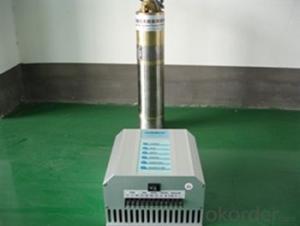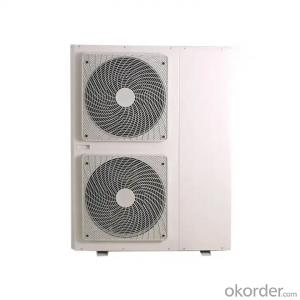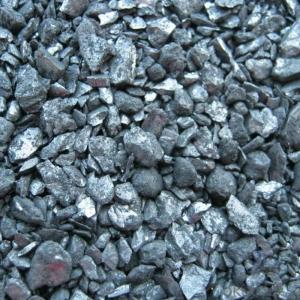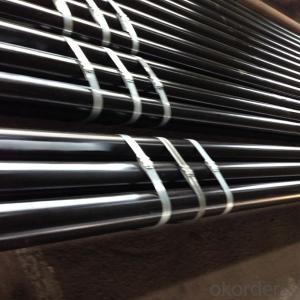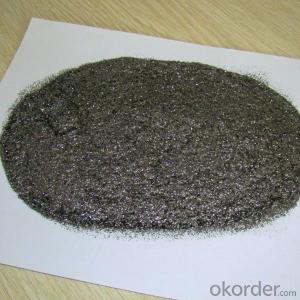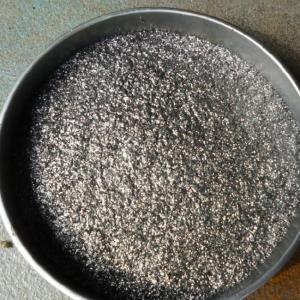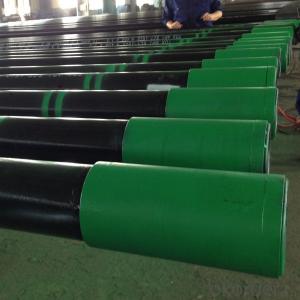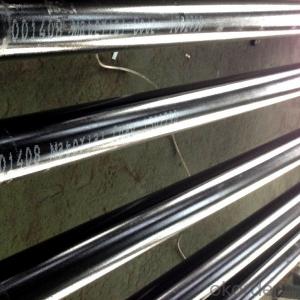Direct Solar Inverter
Direct Solar Inverter Related Searches
Solar Direct Inverter Solar Direct To Inverter Solar Inverter Direct Sunlight Digital Solar Inverter Solar Panel Direct To Inverter Domestic Solar Inverter Solar Solar Inverter Inverter Solar Dual Inverter Solar Solar Dc Inverter Dual Solar Inverter Power Solar Inverter Smart Solar Inverter Solar Inverter Drive Solar Energy Inverter Solar Based Inverter Power Inverter Solar Smart Inverter Solar Intelligent Solar Inverter Solar Delta Inverter Solar Smart Inverter Sun Solar Inverter Solar Converter Inverter Easy Solar Inverter Solar Electric Inverter Delta Solar Inverter Solar System Inverter Inverter Solar Cell Solar Powered Inverter Inverter Power SolarDirect Solar Inverter Supplier & Manufacturer from China
Direct Solar Inverters are specialized devices that convert the direct current (DC) generated by solar panels into alternating current (AC) that can be used by electrical appliances and fed into the power grid. These inverters play a crucial role in the solar energy system, ensuring the efficient conversion of solar power into usable energy. They are designed to handle the varying power output of solar panels and maintain a stable output voltage, making them an essential component in harnessing solar energy.Direct Solar Inverters find their application in a wide range of scenarios, from residential rooftop installations to large-scale commercial and industrial solar power plants. They are used in off-grid systems to power homes and businesses in remote areas without access to the main power grid, as well as in grid-tied systems where excess solar power is fed back into the grid. These inverters are also utilized in hybrid systems that combine solar power with other energy sources, such as batteries or generators, to provide a reliable and sustainable power supply.
Okorder.com is a leading wholesale supplier of Direct Solar Inverters, offering a vast inventory of high-quality products to cater to the diverse needs of customers worldwide. With a commitment to excellence, Okorder.com ensures that each Direct Solar Inverter is manufactured to the highest standards, providing reliable performance and long-lasting durability. By partnering with reputable brands and maintaining a large inventory, Okorder.com is able to offer competitive prices and fast shipping, making it a trusted source for Direct Solar Inverters and other solar energy solutions.
Hot Products




























